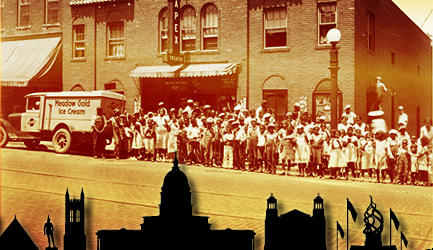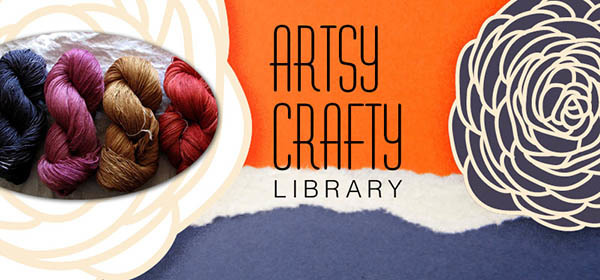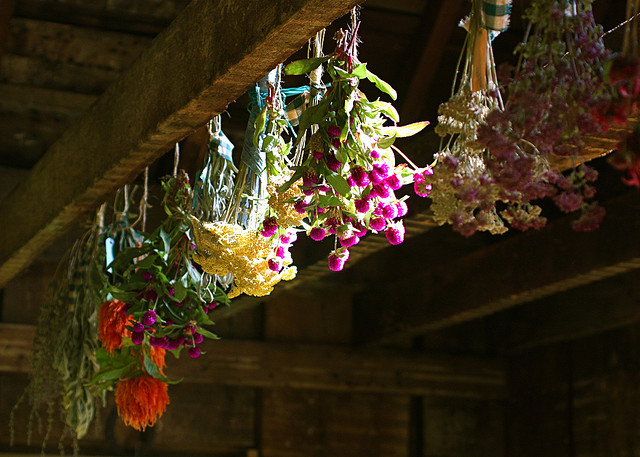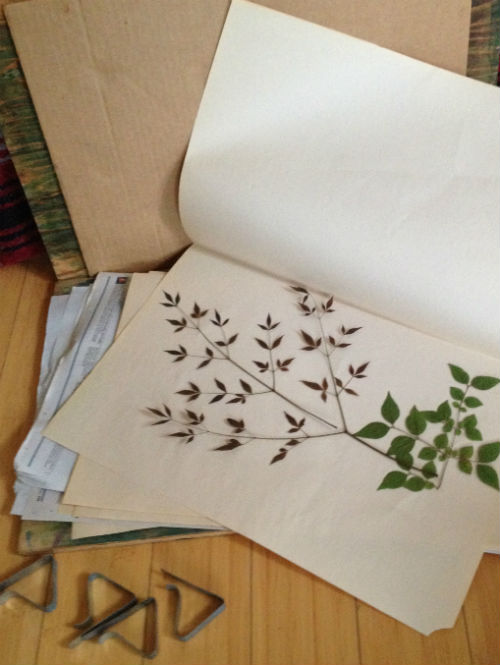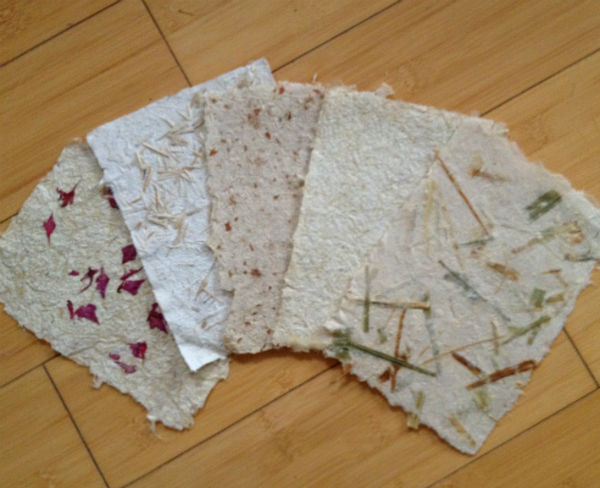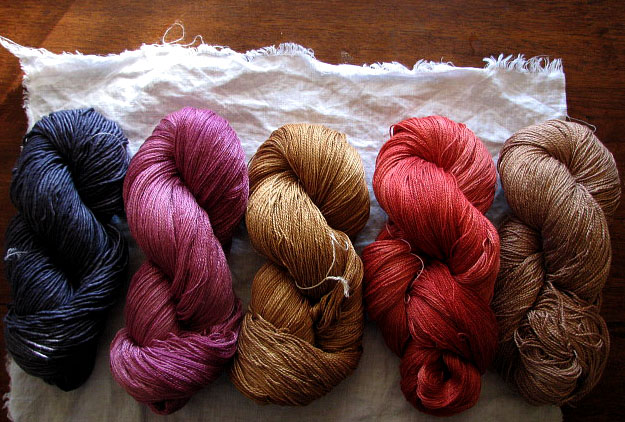Free Art Supplies in Your Own Backyard!
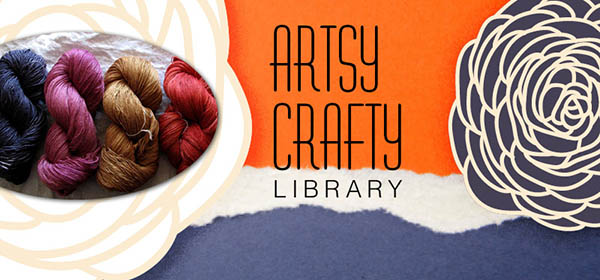
We’ve had the rain and the sun, and now all the plants and flowers are absolutely beautiful! Summer is a great time to collect natural materials to use in your arts and crafts because the colors are so vibrant and the materials are fresh. You can use them in so many ways…and the library’s Arts & Crafts Neighborhood has the books to guide you!
Natural materials can be preserved by drying and/or pressing and then used as components of your finished artwork. Flowers and plants can be dried by hanging in a dry, dark place or by using a desiccant such as silica gel crystals (a microwave will speed up the process!). Dried flowers and plants can be used in floral arrangements, garlands, and lots of other crafts. Here are some books to get you started:
Leaves and blossoms can be pressed in a flower press or between the pages of a book. Then you can use them as collage elements. Or you can decorate a glass jar for a candle-lantern. You can apply them to a pillar candle directly by placing them on the candle and painting over them with melted wax. They also make beautiful notecards. I’m sure you will discover even more great ideas!
It is easy to make a home-made flower press. I made one years ago that consists of 2 pieces of plywood with corrugated cardboard (or sections of the newspaper) and folded sheets of paper layered between the plywood. To keep it all together, I use those clamps they sell for holding a tablecloth on a picnic table, but many people drill holes and use bolts with wingnuts to hold it together. If you don’t intend to move your flower press, you can just stack some books (or other weighty object) on the top instead of clamping or bolting it together. Much of the year, I keep a flower press in my trunk so I am ready to pull over whenever I see something I would like to press and preserve. My son and I always brought home “souvenirs” from our camping road trips when he was a kid - and then made them into crafts that reminded us of the great time we had together. (I still have some of these treasures!)
Natural materials can also be used as art and craft ingredients. A couple of ideas that spring to mind are handmade paper and natural dyes. Handmade paper is fun to make and it is a great way to recycle! I love to make paper with flower petals in it. Seeds can also be added to make paper you can plant! These papers make lovely notecards that are also gifts.
We have some great books about papermaking:
Many fiber artists enjoy making natural dyes from plants and bark. The colors are often a bit more subtle than commercial dyes and have a wonderful earthy quality. The processes can be a bit involved, so you will want to do a bit of research before diving in! The library has a very nice selection of books about natural dying, and most of them are beautiful books. You might want to browse through them just to enjoy the photos!
You can also use natural materials as tools. You can paint or print with them. Or you can use them as a stencil or mask. I love to make prints on a gelatin plate using pressed leaves. I apply the paint to the gelatin plate and then set leaves on top and take a print that has leaf-shaped negative space. Then I carefully pick up the leaves and take another print. This second print shows the veins and details of the leaves. If you are interested in trying this, here are instructions for making a gelatin plate at home:
Gelatin Plate InstructionsAnd here are a few more books you shouldn't miss:
Isn't it wonderful to be able to take a walk and gather free art supplies?!







